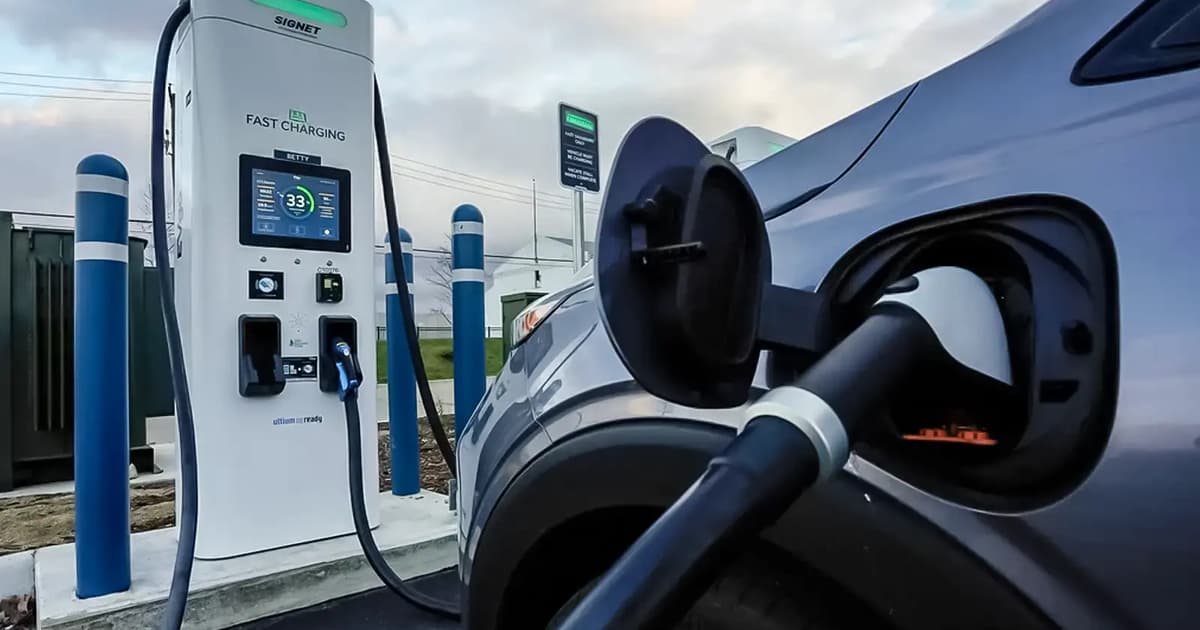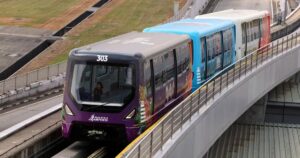
Malaysia aims for Electric Vehicles (EVs) to account for 15% of new car sales by 2030.
Considering the robust growth of 68% achieved last year, the 2024 EV volume of 21,000 units should grow at a compound rate to reach an annual volume of 200,000 before 2030 comes around.
However, the reality is that this goal will never be achieved unless there is an exponential increase in public EV charge points.
This year’s Dec 31 target of having 10,000 public EV charge points will certainly not be reached. To date, with two-thirds of the year over, Malaysia has yet to achieve even half of that number.
In the longer term, the National Energy Transition Roadmap is looking to further increase EV adoption between 2030 and 2050.
These projections will need to be supported by a significantly larger network — potentially over 40,000 points by 2030, according to Malaysia’s Zero Emissions Vehicles Association.
So, how can we achieve that?
‘Carrot-and-stick’ approach to charging infrastructure
Petrol stations should be renamed “energy stations” and incentivised by way of an investment tax offset in exchange for the installation of chargers and a facility upgrade.
They should be equipped with lounges and convenience stores, and must be made to comply with modern sanitation standards. This will make EV charging less of a chore and more of a welcome leisure break for motorists.
For petrol stations in remote areas with weak connectivity, a solution is already available. The recently licensed Starlink satellite system presents a reliable connectivity option at an affordable price — a RM2,000 investment in hardware and a monthly subscription of a few hundred ringgit.
Malls and complexes can be encouraged with tax credits to invest in rooftop or open-air car parks equipped with between 20-40 EV charging points.
Presently, the installation of a public EV charge point can require the approval of up to nine different technical government agencies before final approvals are issued by the relevant local authority, Tenaga Nasional Berhad (TNB) for power supply, and the Malaysian Highway Authority (LLM) for placement along our highways.
Can the government streamline the process so that it is completed in no more than three weeks? According to urban legend, the process presently suffers from multiple delays that it can take up to two years to secure the necessary approvals.
Currently, many EV owners living in high-rise residences have no access to charging points as their installation is often unfeasible.
To ensure equitable access, the government must enact a right-to-charge law that guarantees EV users in condominiums, apartments, and PPR flats the legal right to install shared or individual charging infrastructure.
Without such legislation, EV adoption risks becoming a privilege reserved for landed-property households, undermining national sustainability goals and inclusive mobility.
The government must also make EV charging as seamless and secure as refuelling a petrol or diesel vehicle. Today, many charge point operators require unnecessary data collection and app downloads, creating barriers to access.
To simplify payments and protect user privacy, all charging stations should be mandated to accept three universal payment methods: e-wallets (via QR code), credit cards, and debit cards.
Reducing friction and data demands will enhance user experience, encourage adoption, and align EV infrastructure with consumer rights.
A comprehensive push
The uptake of EVs in Malaysia has been rapid but is bound to lag unless the growth of charging networks is accelerated.
With a pragmatic mix of fiscal and non-fiscal incentives, clear regulations and infrastructure reforms, the government can turn a 2% share into a 30% reality by 2030.
But time is short. Only with urgency, creativity and persistence can Malaysia get its EV transition firmly on track.
See also: A road trip with my first EV: the good, bad & ugly
Yamin Vong is on Facebook yamin.com.my.
The views expressed are those of the writer and do not necessarily reflect those of FMT.






